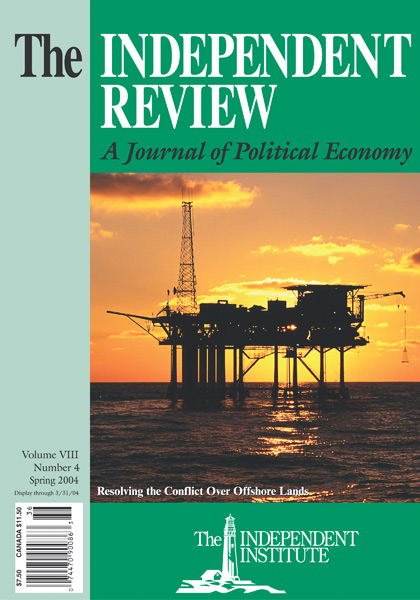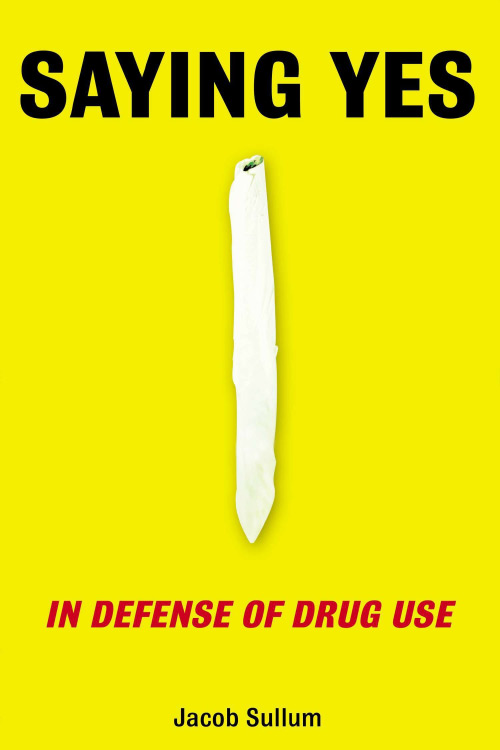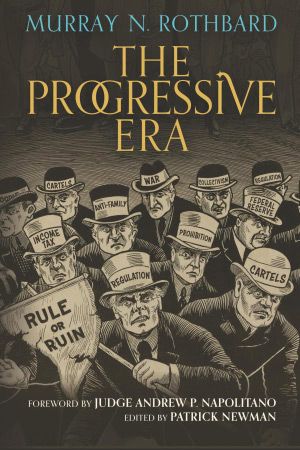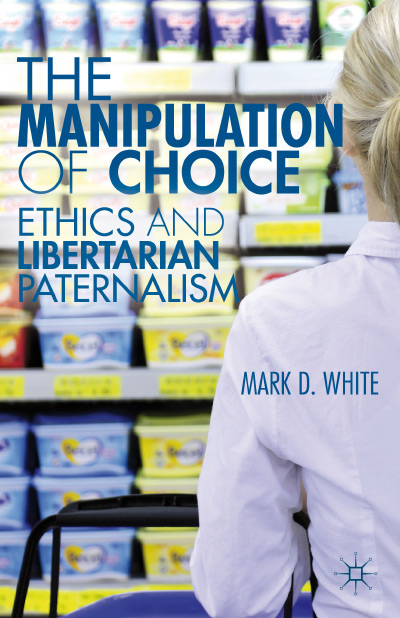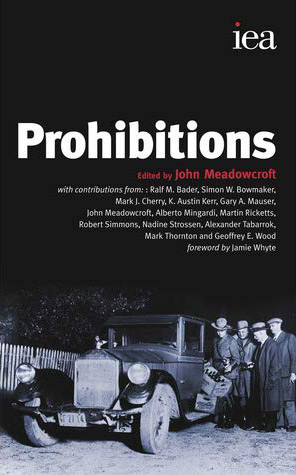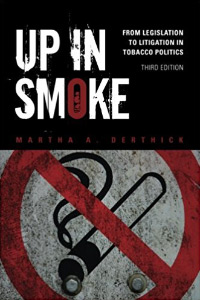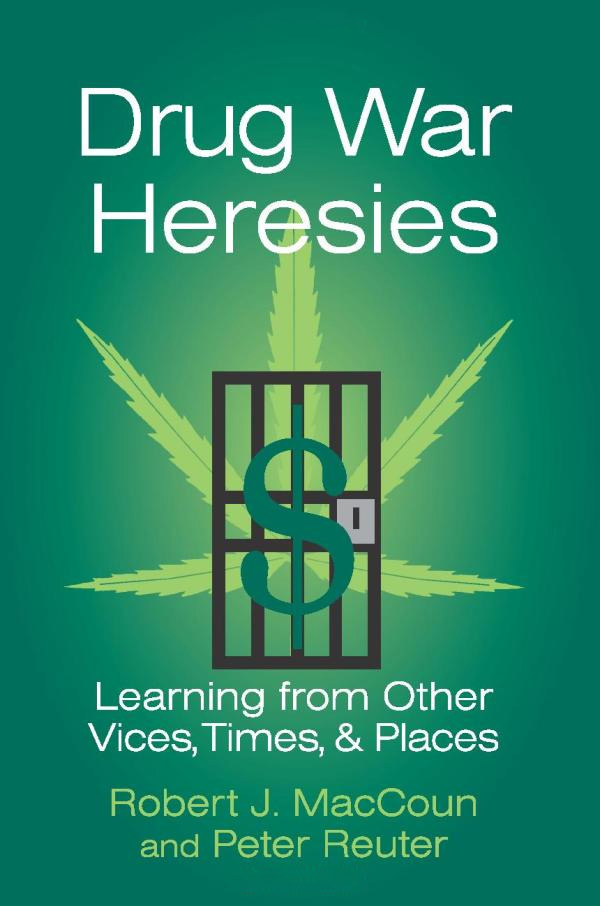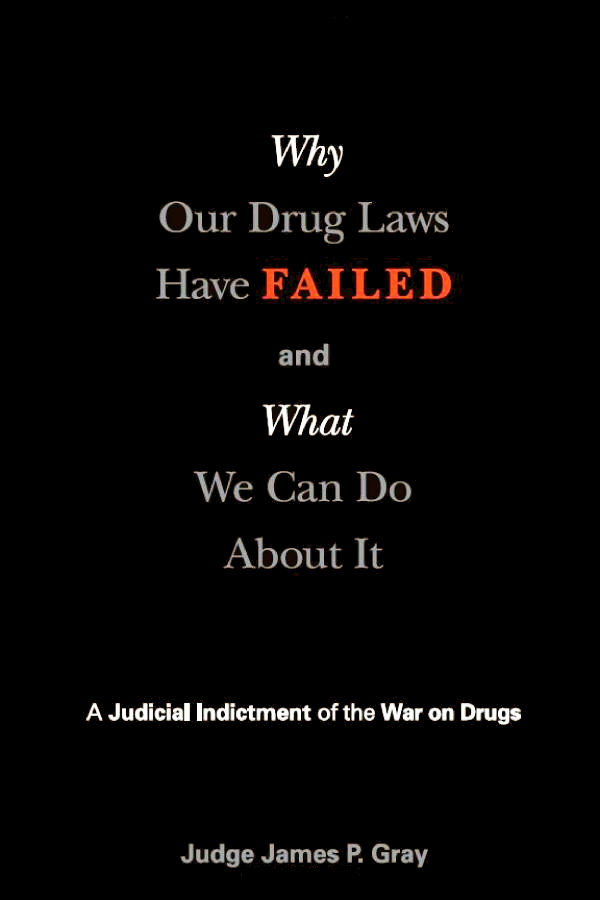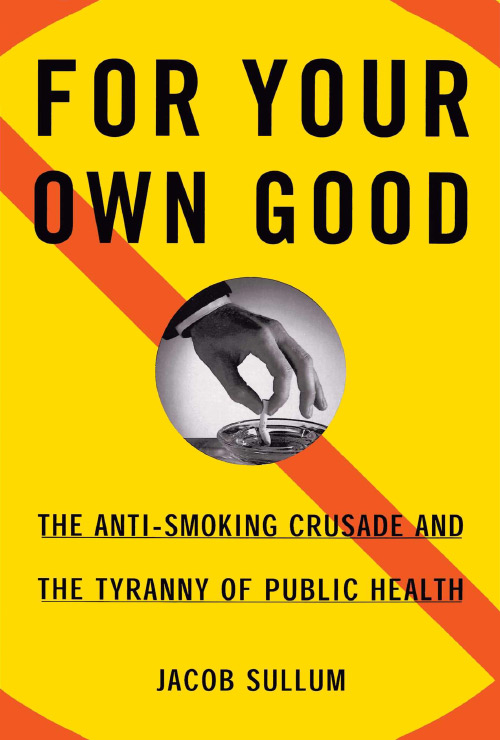I seldom read books about drug policy. After just a little exposure to the genre, one finds again and again the same dates, the same key people, the same arguments from the government, and the same arguments from the policy-reform camp. The government tells its grand narrative (“drugs are bad”), and the reformers tell their counternarrative (“drug prohibition is worse”). Nothing changes.
Yet when I heard that Jacob Sullum was working on a book about drugs and drug policy, my expectations rose for something new. As a senior editor for Reason magazine, a publication devoted to intelligent discussions of how best to allocate power between the government and the individual, Sullum had written a number of unorthodox essays about drugs. I looked forward to getting more of his thoughts on a topic that, though always in motion, rarely seems to advance.
Saying Yes: In Defense of Drug Use is the fruit of Sullum’s thinking about drugs and drug policy. Compared to most books in this genre, it is refreshing and insightful, and it might well produce some of the traction needed to advance beyond the “Just Say No” policy—an infantile policy equivalent to “Don’t Put That in Your Mouth.”
Saying Yes deflates much of the exaggeration about illegal drugs, leading the reader to conclude that this or that illegal drug is not nearly as harmful as the government has led us to believe. The book is anchored in a particular level of discourse about drugs—the fact-based, medical, scientific, analytical, reporter level. Sullum’s arguments tend to conclude at the point where he has taken the government’s thumb off the harm scale. Although he sometimes takes the government to task for trying to rig the scale, he seldom explores the government’s fundamental motivations for playing unfairly in the first place. Rarely does he discuss drugs or drug policy from a deeper philosophical or principled perspective. Although the book’s grounding in rationality is its strength, it is also its weakness. Empiricism will get one only so far when the terrain consists of irrational forces, deep-seated fears, religion, power, and money.
An ever-present theme in Sullum’s book is what he calls “voodoo pharmacology”—the idea, promoted in large part by the government, that certain drugs have the power to hijack people and enslave them in an inescapable prison of craving and compulsion. Sullum seeks to show that this idea is a myth, that only a tiny percentage of illegal-drug users become addicts, whereas the vast majority of people who use illegal drugs live normal, productive, loving lives. The book is filled with valuable insights derived from deconstructing government statistics about drugs and drug use. Sullum shows how even the most vilified drugs, such as heroin and crack cocaine, are not nearly as addicting as the government would have us believe.
He adds a new gloss to these statistics by suggesting that one reason why marijuana is widely perceived as a “soft” drug, deserving of less-stringent controls than, say, crack or heroin, is that more than 30 percent of the U.S. population has tried marijuana, which makes it difficult for the government to sustain a false stereotype of marijuana users. In contrast, the government can maintain much more successfully a disparaging stereotype about crack and heroin users because a relatively small percentage of Americans has used those drugs. A drug such as LSD, which approximately 9 percent of the U.S. population has used at least once, falls somewhere in the middle: more vilified than marijuana, but less so than crack or heroin.
The bulk of Sullum’s book is devoted to a logical demonstration that most drugs are not as bad as most people believe. Sullum never denies that some people do indeed get into problems with illegal drugs, but he marshals plenty of evidence to prove that even with the “hard drugs,” such as crack and heroin, problem users amount to a small minority of users, making them the exception rather than the rule.
Saying Yes is best, however, when Sullum goes beyond the empirical and begins to explore why even intelligent, responsible drug users have such a difficult time getting outside the established frames that define drug use. He suggests that because there is so much political, legal, and social pressure to abstain from using illegal drugs, many people who use them are anxious about doing so and, as a result, commonly feel driven to justify their drug use. Thus, some frame their drug use as medical or religious—two categories that abstainers of illegal drugs might appear more willing to accept. Sullum writes: “The search for excuses reflects the lingering suspicion that drug use is sinful without a special justification. Yet the desire to alter one’s consciousness appears to be a fundamental aspect of human nature. Like sex, it is nothing to be ashamed of, but it needs to be constrained by moral principles, which means getting beyond the unthinking blanket rejection of drugs” (p. 28).
At another point, Sullum expresses frustration (again without much elaboration) with drug-policy reformers who rely almost exclusively on harm-reduction arguments (for example, that the war on drugs does more harm than good), noting that such reformers have an almost universal tendency to stress that they themselves oppose drug use. The bumper-sticker statement “Drug use is bad, but the drug war is worse” epitomizes this position. Gary Johnson, former governor of New Mexico and a darling of the drug-reform movement, was a poster child for this position, calling drugs a “handicap” and a “bad choice” but telling a group of college students, “I hate to say it, but the majority of people who use drugs use them responsibly” (qtd. on p. 29). Sullum rightly wants to know why, inasmuch as most drug users do use drugs responsibly, Johnson “hates to say it.”
Echoing a point made by Thomas Szasz (most recently in his book Pharmacracy), Sullum identifies the evolution of modern medicine as responsible in large part for the current bifurcation of “good drugs” and “bad drugs.” If a drug changes the way a person thinks or elevates a person’s mood, it is taboo unless it is being used to improve a medical condition. The government and most of the medical establishment view nonmedical use of drugs, including prescription drugs, as “abuse.”
This uneasy tension exists with regard to marijuana. More and more Americans seem willing to accept marijuana’s use within a medical framework, but they remain deeply concerned that some people will make bogus medical claims simply to get high. Indeed, as Sullum points out, the medical model for drug use is now so overgrown that it has prompted some school districts to coerce parents to place their children on Ritalin so that they can attend school. In other words, not only does a medical imprimatur make drug use acceptable, but a medical purpose may be enough to force a person to take a drug.
Sullum rightly asks why “legitimate” drug use must satisfy a medical model. Why can’t we recognize that a person might want to use a drug for perfectly good nonmedical reasons? Why do most people have such difficulty in accepting that drugs can be used responsibly for the express purpose of enhancing the senses, boosting mood, occasioning a pleasant evening, or eliciting a spiritual experience? As Sullum notes, all of these uses of drugs are legitimate. Indeed, he is weary of creating hierarchies that characterize some reasons for using drugs as acceptable, but others as unacceptable.
-
Seeking a medical or religious exemption from drug prohibition amounts to asserting that my use of this substance is important, that it deserves respect in a way that more frivolous uses do not ... . The urge to offer such excuses is based on the sense that drug use is morally suspect without an elaborate and serious sounding defense... . Wine drinkers generally do not feel compelled to proclaim that their beverage was endorsed by God, that it relieves anxiety or reduces their risk of heart disease. They simply say, “I like a nice glass of wine.” (p. 267–68)
In the portions of Saying Yes where Sullum moves into a more principled examination of drug use, he is at his best. Yet just as he begins to travel off the beaten path, the book concludes, leaving the reader feeling the textual equivalent of a dreaded drug underdose.
Nevertheless, for dissipating much of the hype surrounding the dangers commonly associated with illegal drugs, Saying Yes is the best book since Andrew Weil’s The Natural Mind. It is difficult to imagine an open-minded person reading Sullum’s book and coming away from it without a much more informed understanding of why so many intelligent people choose to use illegal drugs.
| Other Independent Review articles by Richard Glen Boire | |
| Fall 2002 | John Stuart Mill and the Liberty of Inebriation |

